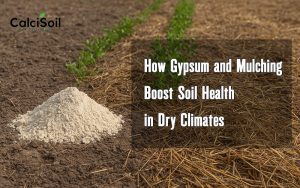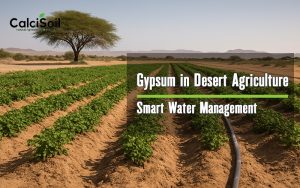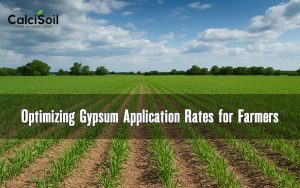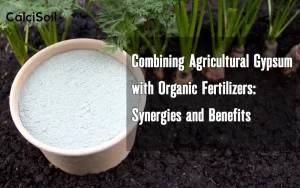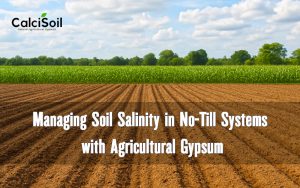
Using Perlite benefits in horticulture
Perlite is a naturally occurring volcanic glass that is mined all over the world and has relatively high water content. It is an amorphous volcanic glass that is formed by the hydration of obsidian. Perlite has the unique property of greatly expanding when heated sufficiently, making it a lightweight, white stone-like substance. The final product is very lightweight, white stone-like substance with tiny air compartments, which results in an incredibly lightweight material.
Perlite is used in various industries, such as pharmaceuticals, municipal swimming pool water filtration, and as filter aid for beverages. In horticulture, perlite is used to improve soil structure by providing drainage and aeration. It is commonly used in potting soil and soilless mixes, particularly for indoor seed starting and propagation. Perlite is also used to improve soil structure in garden beds, as it provides drainage and aeration.
The benefits of using perlite in horticulture include:
Improved aeration. Perlite provides excellent aeration, which is crucial for healthy root development as plants absorb 98% of oxygen through the roots.
Enhanced water retention. Perlite helps in retaining moisture in the soil, preventing it from becoming soggy.
Increased drainage. Perlite improves water drainage, preventing waterlogging and promoting healthy root growth.
Stimulates root growth. Perlite stimulates root initiation and vigorous growth, contributing to the overall health of the plant.
Neutral pH. Perlite has a neutral pH level, making it suitable for any container or garden bed.
Physical stability. Perlite is physically stable and retains its shape, even in heavy or saturated soil.
No decomposition. Perlite does not decompose, making it ideal for use in potting mixes for plants that are repotted infrequently.
No toxic chemicals. Perlite contains no toxic chemicals or additives, ensuring a safe environment for plants.
Prevents compaction. Perlite prevents soil compaction, allowing for better air and water penetration.
Minimizes seed germination issues. Perlite minimizes the tendency for seeds to ‘cap’ over, improving germination success.
These benefits make perlite a valuable addition to horticultural practices, contributing to improved plant growth and overall garden health.
The best way to mix Perlite with soil
The best way to mix perlite with soil in horticulture is to follow these common practices.
Before planting. When preparing soil for planting, mix perlite with compost at a ratio of around 1:4, then plant away.
Soil amendment. For improving soil structure, rake a 2-inch layer of perlite into the top 6 to 12 inches of soil.
Potting soil mix. When making your own potting soil, perlite is a commonly used soil additive. due to its benefits in improving aeration and water drainage.
Propagation. When propagating plants, put root cuttings in a small jar filled with moistened perlite.
These methods ensure that perlite is effectively integrated into the soil. in order to provide improved aeration, water retention, and drainage for healthy plant growth.
Recommended ratio of Perlite to soil
The specific ratio may depend on the type of plant and its environmental conditions, such as watering and light. Therefore, it’s important to consider the specific needs of the plants when determining the ratio of perlite to soil. However, some common ratios include:
Gardeners World Magazine. Mix perlite with compost at a ratio of around 1:4 or 50:50.
University of Maryland Extension Home & Garden Information Center. Perlite can make up 10-33 percent of your potting mix, depending on the intended use and other ingredients.
Reddit. The recommended ratio can be 50:50 or 75:25, depending on the needs of the plant.
Ourfigs.com. The stock answer seems to be 30-33% perlite in the potting mix.
Common mistakes to avoid when using Perlite in horticulture
When using perlite in horticulture, it’s important to avoid common mistakes to ensure its effective use. Some mistakes to avoid include:
Overwatering. Perlite can improve drainage, so overwatering potted plants with perlite can lead to waterlogged soil.
Using it for moisture-loving plants. Perlite is best suited for improving aeration and drainage, so it’s not ideal for plants that require constantly moist soil. For such plants, vermiculite may be a more suitable option.
Using the wrong grade. Perlite comes in different grades, and using the wrong grade for your specific application can impact its effectiveness. For general use, a fine to medium grade is suitable.
Using it as the sole growing medium. Perlite is usually used as a component of growing mixes and not as a standalone medium. Using it alone may not provide the necessary nutrients and support for plant growth.
By avoiding these common mistakes, gardeners can make the most of perlite’s benefits in horticulture.
Perlite is particularly beneficial for deep-rooted plants that thrive in well-aerated soil, such as root vegetables. It can be used in various growing environments, including traditional gardening, raised beds, and hydroponic systems. Additionally, perlite is free of organic contaminants, has a neutral pH. and it’s suitable for use in organic agriculture, making it a versatile and effective option for improving soil conditions. and also promoting plant health.
While perlite is a valuable soil amendment, it’s important to note that it doesn’t hold water. so it may necessitate more frequent watering, especially in containers. However, it has ability to maintain high levels of oxygen in soil and increase water and nutrient uptake by plants. these make it a valuable tool for enhancing plant growth and overall crop yields.


